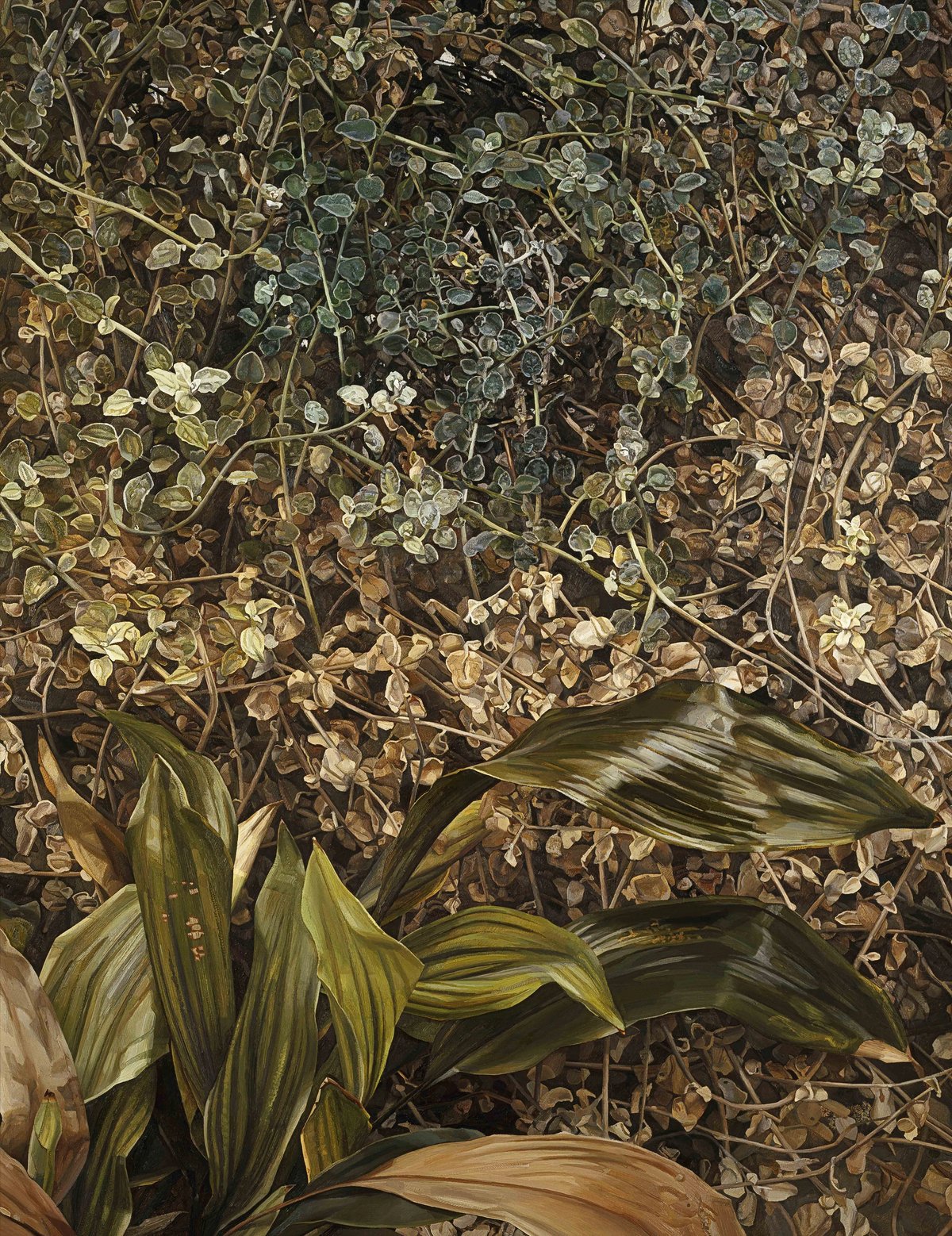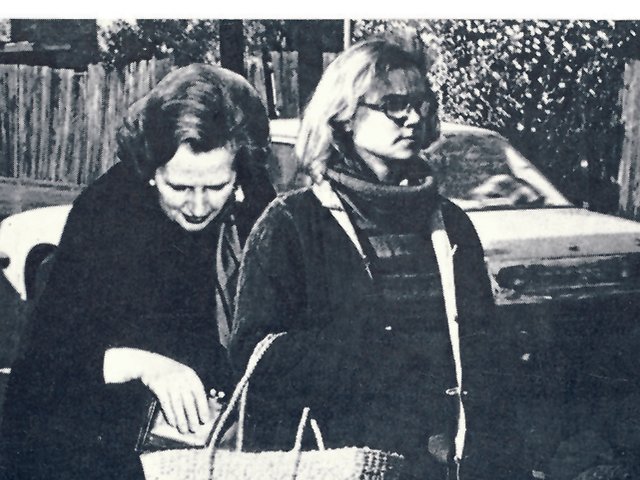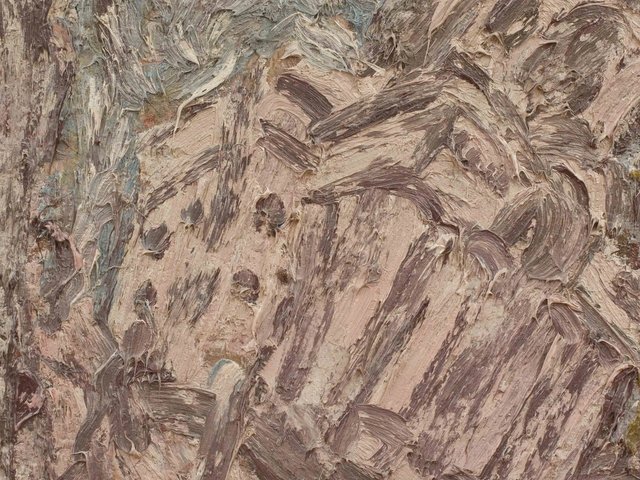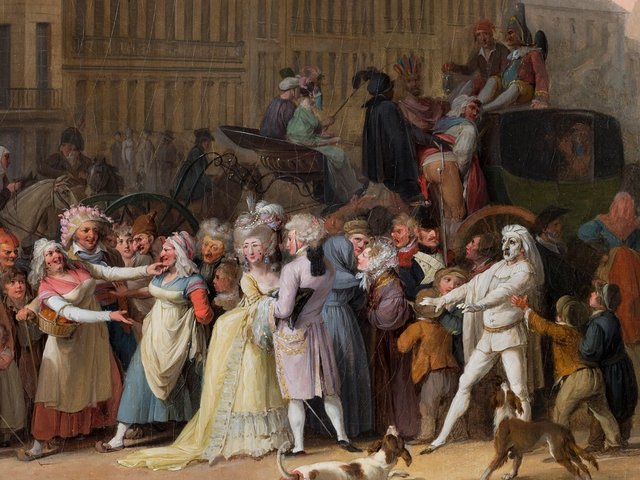Lucian Freud is rightly celebrated for his portraiture, and above all his nudes. More often than not the nudes are dubbed “unflinching” when it comes portrayals of the unappealing naked flesh of Leigh Bowery or “Big” Sue Tilley, and others are frequently posed to make the naked sitters unenticing, be they women or men. One might well wonder if Freud’s incessant, if not obsessive, depiction of human flesh and his insatiable sexual appetite for women amounted to a Wagnerian quest for that illusive scratch that would finally relieve the itch of “what’s it all about?”, a wholly appropriate idée fixe for a grandson of Sigmund. Freud’s nudes, to my eye, seem to betray a deep unease with, if not downright hatred of, human flesh for all that his work is hyped as an unashamed artistic rejoicing in the human body.
Whatever one thinks of Freud’s nudes, it may come as a surprise to learn that he was also a minor producer of still-lifes. This book presents 75 paintings and drawings of plants—some still-lifes per se and others works in which plants are generously displayed. Some are credible occasional attempts at botanical illustration (Two Plants, 1977–80), although it was never his aim to become a flower painter; later drawings, oil sketches and paintings are more about the medium than the subject. Giovanni Aloi has written a concise history of plant illustration and still-life (although in his description of contemporary art, he signally fails to mention Robert Mapplethorpe) and a thorough introduction to Freud’s plant works.
- Giovanni Aloi, Lucian Freud Herbarium, Prestel, 176pp, £39 (hb)






